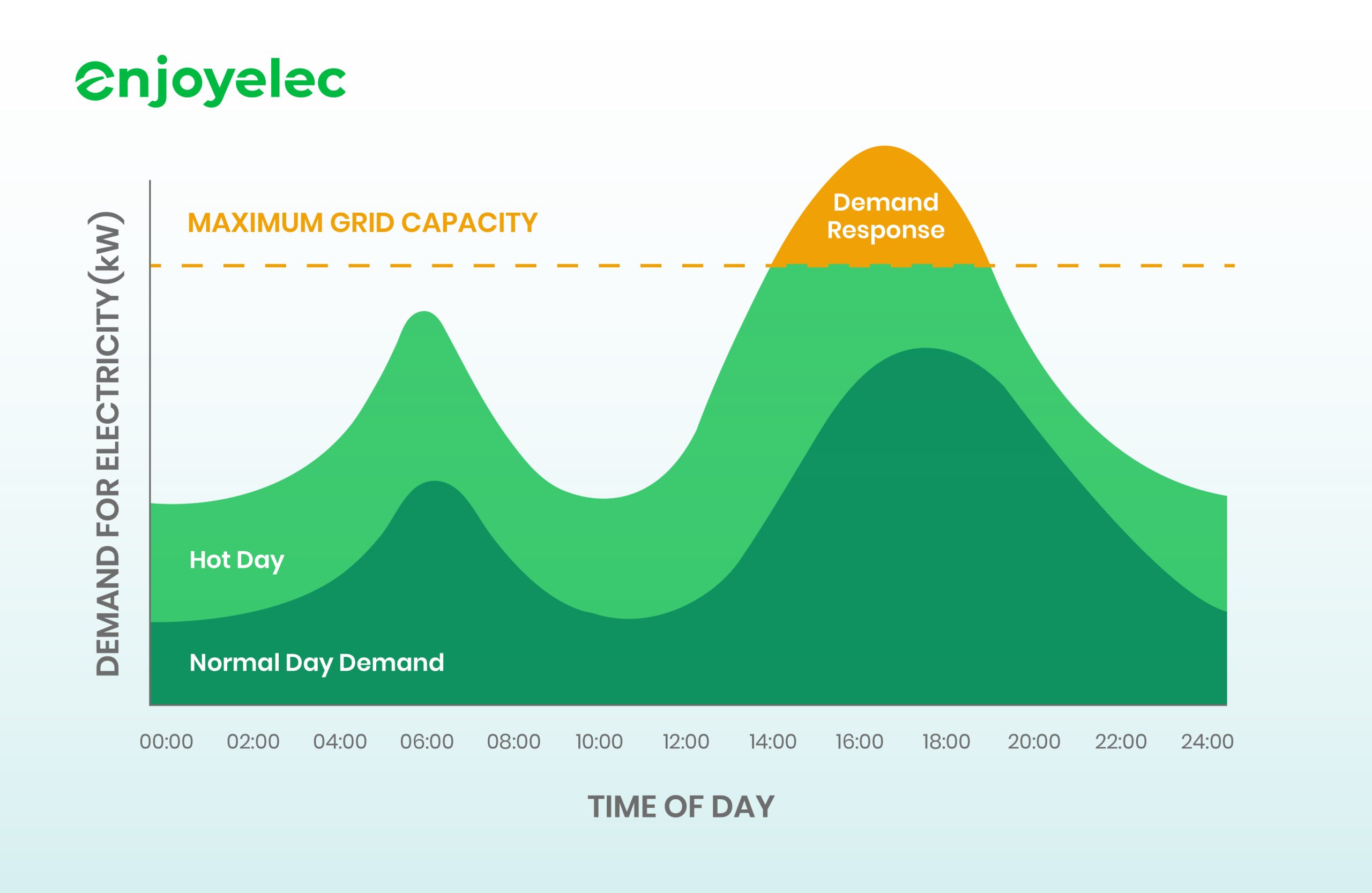
Demand response (DR) is crucial for stabilizing renewable-heavy grids. By enabling real-time adjustments in electricity consumption through time-of-use pricing and incentives, it encourages consumers to shift usage to off-peak periods. Households can utilize smart devices, like thermostats, to adjust heating or cooling automatically during peak demand, thus balancing intermittent supply from solar and wind sources[1].
Industrially, factories may engage in DR by temporarily reducing production or utilizing backup generators during demand spikes[1]. This collective effort helps maintain grid reliability and integrates renewable resources effectively[5].
Get more accurate answers with Super Pandi, upload files, personalized discovery feed, save searches and contribute to the PandiPedia.
Let's look at alternatives:
- Modify the query.
- Start a new thread.
- Remove sources (if manually added).